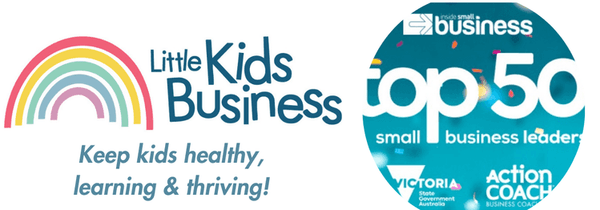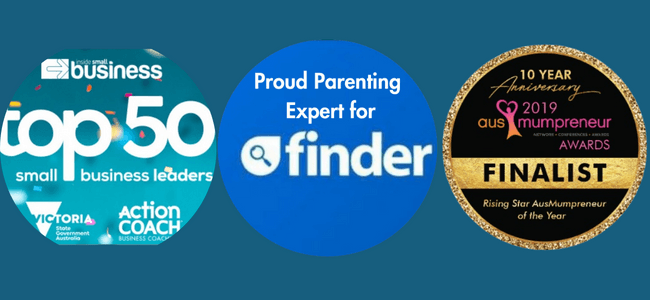Museums worldwide have a big problem that needs a big solution. Museums hold the world’s most precious treasures, from celestial meteorites, to tiny fossils smaller than a grain of sand. Millions of specimens in these collections tell the grand story of our Earth, its past, its present and each specimen holds the clues to a future Earth.
Museum scientists alone cannot study every specimen in the collection, nor can museums put every specimen on display. With lifetimes of research needed, across countless experts much of a museum collection remains under-studied. Much of the collection is stored away from public view simply because these specimens are physically too hard to display. Some are so large, they represent entire sites, or so small the human eye cannot see them or simply too fragile that even exposing them to the air or light can be their destruction. Museums worldwide are working to solve this problem through cutting-edge digital technologies.
Project DIG is working to solve this big problem for Queensland Museum Network by developing some big solutions, to take the museum’s collections from behind closed doors and share this with the scientific community and the public.
Our researchers are combining new scanning technologies, such as photogrammetry, structured-light scanning, and X-ray computed tomography (CT), along with 3D modelling and LiDAR to capture museum specimens (inside and out), at every point of their journey from their discovery in the field to scientific study and display. Each digital model, called a cybertype, represents a unique digital insight into the specimen and provides opportunities for study globally and through ways, the physical world cannot provide.
Watch our video and click on the links below to learn more about the innovative technology and software that our researchers are using to digitise and share our collections and research.
Enjoy this digital showcase via the below link.
https://youtu.be/BxkQkAm3ZvI


